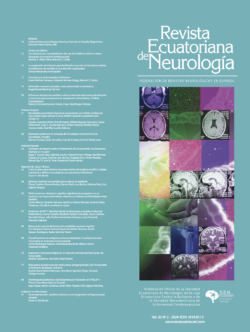Background: Stroke is the world’s second leading cause of death from disease, and disability-adjusted life years. The investment in management of a hospitalized stroke patient generates a high healthcare cost. In Ecuador it is the third leading cause of death. Hypertension is one of the most important factors in the stroke development. Patients with high blood pressure and stroke have a higher risk of complications, mortality and poor prognosis.
Objective: The present study aimed to identify which variables differ between hypertensive patients with stroke versus hypertensive patients without stroke, hospitalized, during 2017- 2020.
Methods: In a population of 96 cases and 57 controls, a retrospective analytical cohort study between two groups of patients was conducted.
Results: The variable education (primary education) was the most affected among cases (χ²=13.298; p=0.039). Patients with atrial fibrillation were significantly higher in the case group (χ²=7.31 p=0.007). Other variables like: sex, age, provenance, years lived with hypertension, smoking, type 2 diabetes mellitus, heart failure, hypercholesterolemia and anticoagulant therapy, showed no significant difference between the two groups.
Conclusions: Patients with complete primary education and atrial fibrillation had significant presence in hypertensive patients with stroke.





